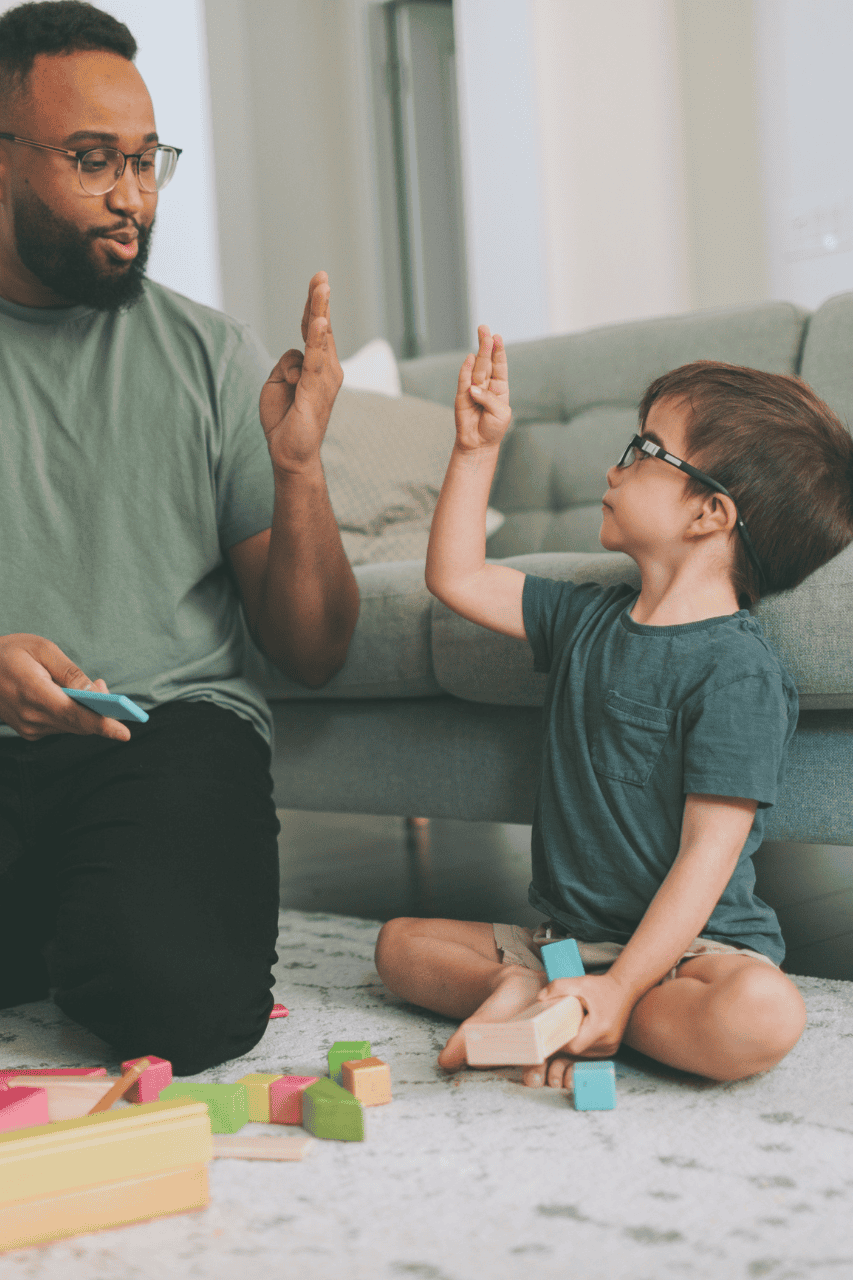WFD Charter
Sign Language Rights for All
The WFD Charter on Sign Language Rights for All is a document that outlines key principles that signatories agree to support.
Signatories to the Charter can be individual persons, organizations or government entities. Anyone and everyone is welcome and encouraged to sign the WFD Charter.
In signing the Charter, you can demonstrate your support for the rights of deaf people to realize their full human rights through the use of sign languages.
If you wish to sign the WFD Charter as a national government or organisation, please contact us by mail at [email protected].
